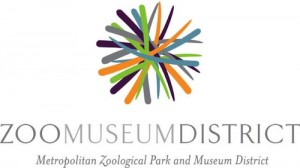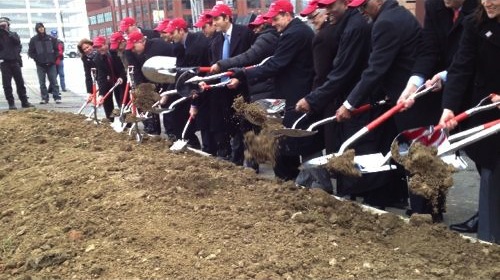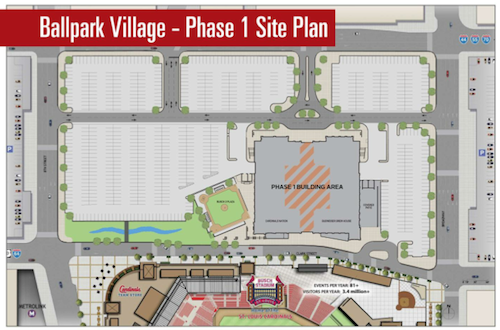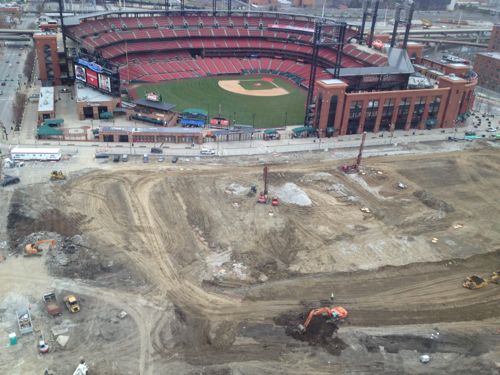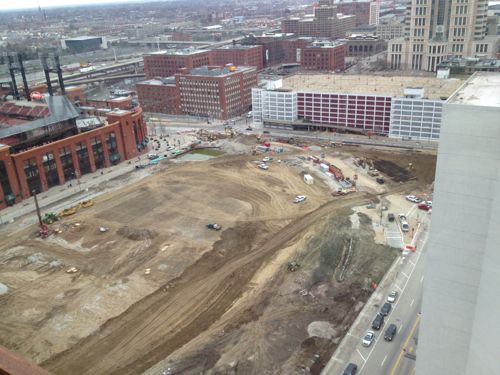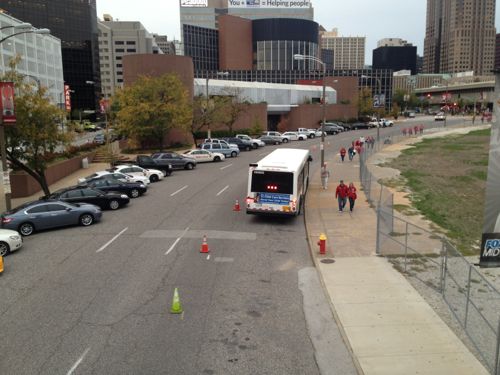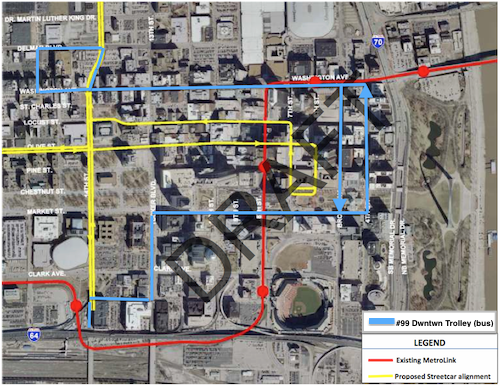Distribution Key To IKEA’s Midwest Expansion
|
|
IKEA sells simple looking modern furniture but its hardly a simple company. It is often misunderstood or misrepresented. Even simple facts are often wrong, which get repeated. For example:
The company has 285 stores in more than 20 countries and designs its own product which is then produced by more than 1,000 suppliers in 50-plus countries. With only 38 stores in the United States boasting an Ikea is regarded by many cities as a retail status symbol. (nextSTL.com)
The number of locations/countries was repeated by two local mainstream news sources:
The furniture company has 38 stores in the U.S, part of a total of 285 stores in more than 20 countries. (STL Biz Journal)
IKEA has 38 stores in the United States and 285 locations in more than 20 countries. (KMOV)
Unfortunately this repeated information is inaccurate. From a February 26, 2013 IKEA press release:
Currently there are more than 298 IKEA Group stores in 26 countries, including 50 in North America (11 in Canada; 38 in the US; 1 in the Dominican Republic). IKEA has six distribution centers in North America. The IKEA Group employs 131,000 coworkers and had 655 million visitors in FY 11. (IKEA)
So these reports were short 13 stores and 6 countries, but did get the number of US stores correct at 38. True, 26 is “more than 20.” But even that doesn’t give the complete picture, there are 333 IKEA stores in total:
In January a Swedish documentary revealed that Interogo, a Liechtenstein foundation controlled by the Kamprad family, owns Inter IKEA Holding, which earns its money from the franchise agreements Inter IKEA Systems has with each IKEA store. These are lucrative: IKEA says that all franchisees pay 3% of sales as a royalty. The IKEA Group is the biggest franchisee; other franchisees run the remaining 35 stores, mainly in the Middle East and Asia. One store in the Netherlands is run directly by Inter IKEA Systems. (The Economist)
Yes, all 333 IKEA stores franchise the concept. Complicated…
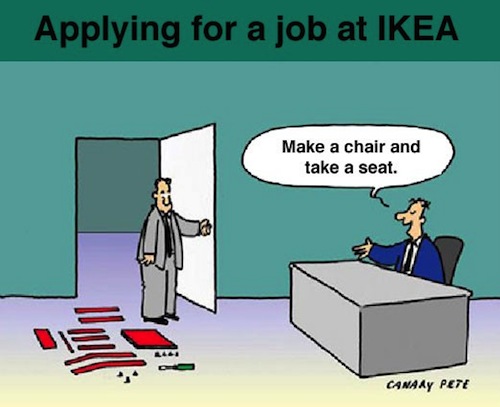
IKEA first entered North America in 1976 with a store outside of Vancouver Toronto in Richmond BC. IKEA didn’t open a US store until nearly a decade later in 1985. My first visit to an IKEA was the Woodbridge VA location in August 1990. Since then I’ve shopped at five more locations.
In 28 years IKEA has gone from zero US stores to 38. Founded in Sweden in 1943, IKEA is a retail giant. After 70 years 333 stores exist. How does this compare to other retailers?
Apple opened its first retail store in Tyson’s Corner VA in May 2001. It now has, according to Wikipedia, 400 stores in 14 countries with 250 of those in the US. Obviously Apple is opening locations at a much faster rate than IKEA. But they’re in different segments, what about a more comparable company? Like Crate & Barrel:
By 1985, the chain had grown to 17 stores, and has continued to grow. In March 1995, it opened its first New York location (its 59th location), in Manhattan. After selling a majority stake to German mail order company the Otto Group in 1998, the company had financing to increase its rate of expansion. By 2002, it had grown to approximately 100 locations, and over 135 locations by late 2004.
Today there are over 170 stores in the United States. (Wikipedia)
Crate & Barrel, like Apple, is far more aggressive about opening locations. The point? IKEA takes its time. From March 2007:
Ikea, the world’s largest home furniture retailer, plans to acquire land in Joliet for a new distribution center that could eventually be as large as 1.4 million square feet.
The Swedish company has been searching for a site in the region for about a year, and recently signed a contract for a 72-acre tract in Joliet southwest of Interstate 80 and Illinois Highway 53, according to sources familiar with the matter. (Crain’s Chicago Business)
The Joliet distribution center was supposed to open in 2009 but at this point it hasn’t yet.
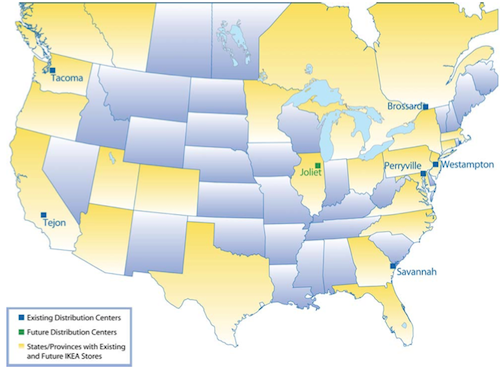
From the PDF linked above:
To meet the growing demand for products at the 48 IKEA stores in North America, IKEA locates its distribution centers in regions of the country in the United States and Canada where the company can optimize delivery of home furnishing products to the nearest IKEA stores.
In the U.S., this effort is aimed at developing a network that includes regional distribution centers in the East, Midwest, Northwest, South, and Southwest – as well as in Canada – for serving existing and future stores.
I’ve found no press release about the Joliet DC other than the original from March 2007. I’d guess once that facility is opened we’ll have a better shot at landing a store in the St. Louis region.
— Steve Patterson
